Idea by
MANUELA SCHIRRA
Call for ideas 2020
QR-CODE TRACKS
QR-CODE TRACKS
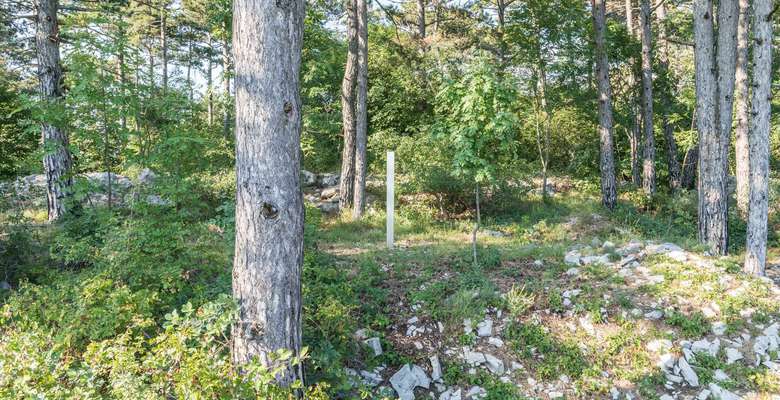
- Systemic changes
100 years since WW1, a defens plan for Trieste and the Karst and a training camp for the trenches prototyping too. A new ecomuseum, 2 routes and 11 stations, at each of them a steel totem engraved with a QR-CODE links to the regional tourism promotion website and to the station sheet, and on the departure station web page the GPS track of the itinerary.
A sustainable model – at economic and at environmental level –, reproducible, scalable and permanent, to informing about local stories, cultures and heritage. A zero-volume architecture that uses and enhances existing and consolidated networks (even virtual ones).
The tracks are located in the collective properties of the Prosecco and Contovello hamlet and were realized for the centenary of WW1 with the contributions of the Autonomous Region of Friuli Venezia Giulia.
LINKS:
https://www.turismofvg.it/40-Parco-della-Trincea-del-Litorale-a-Contovello
https://www.turismofvg.it/97-Parco-del-campo-di-addestramento-militare-di-Prosecco
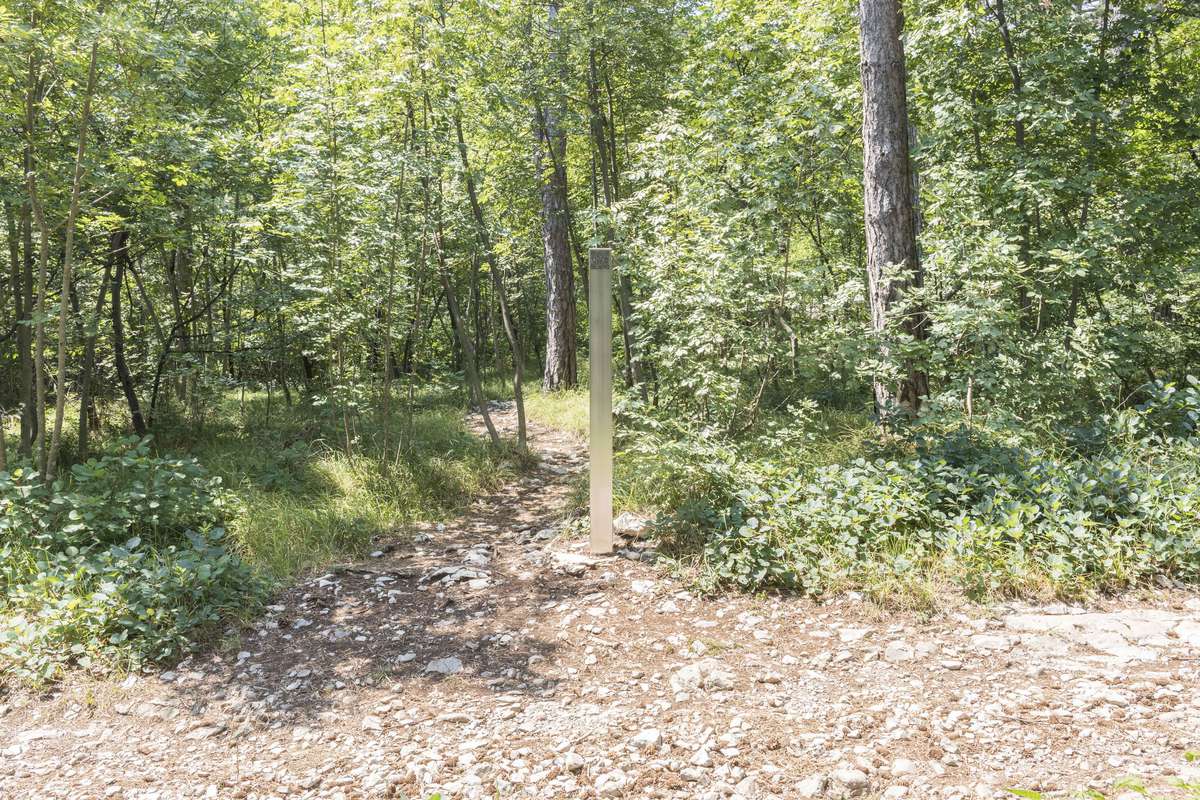
One of the 11 totems engraved with a QR-CODE that links to the regional tourism promotion website and to the station sheet. A zero-volume architecture that uses and enhances digital networks as a resource for the landscape.
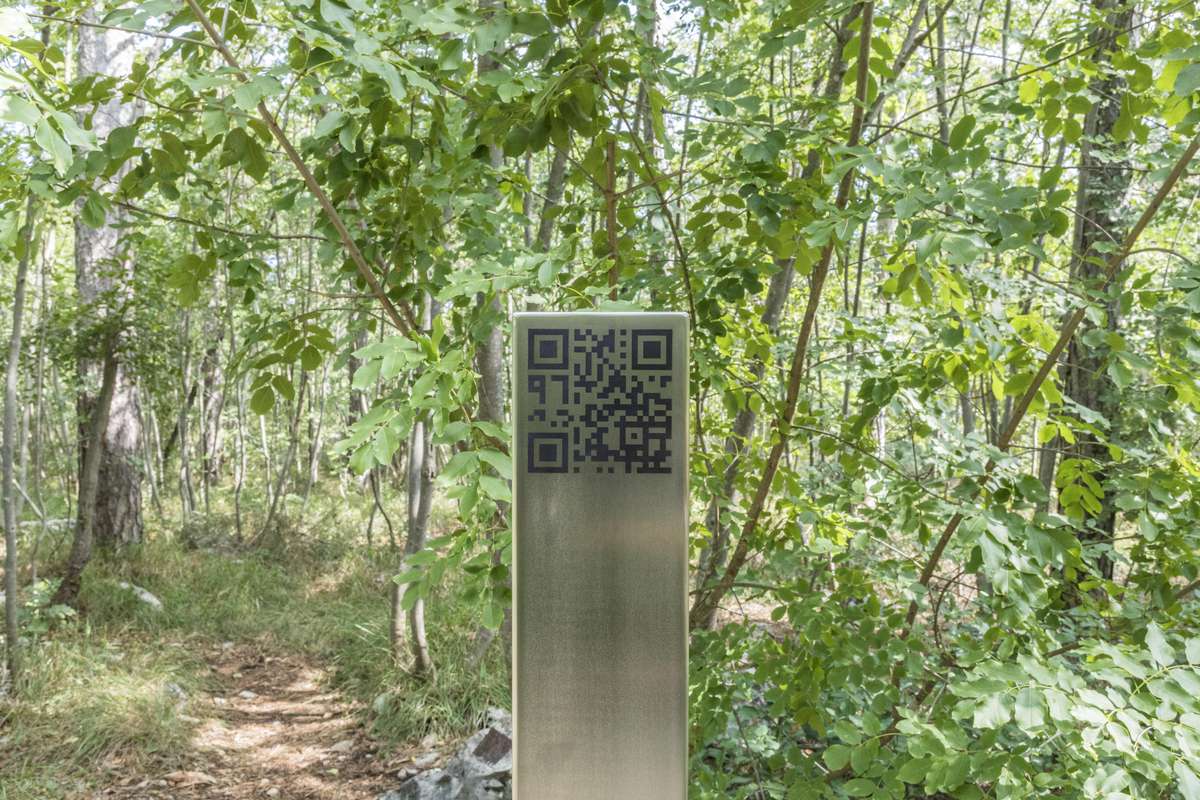
One of the engraved QR-CODE.
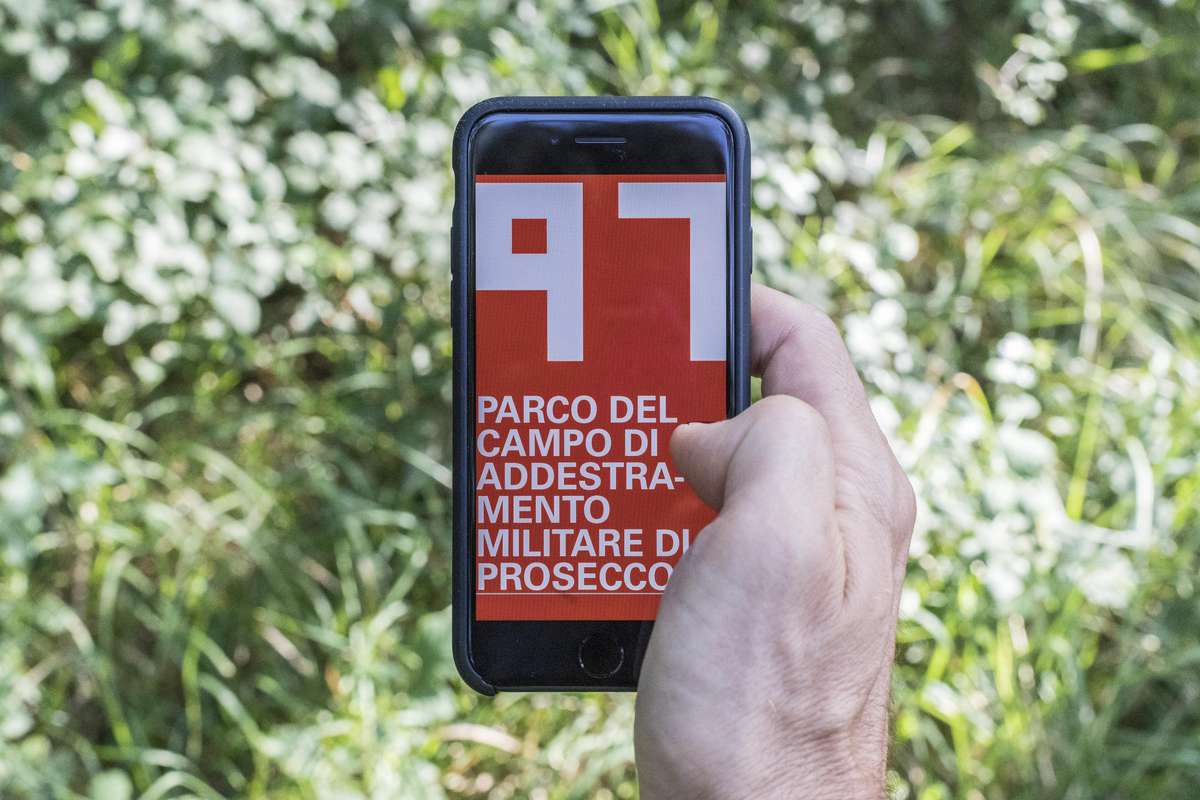
How the station sheet looks on the smartphone.
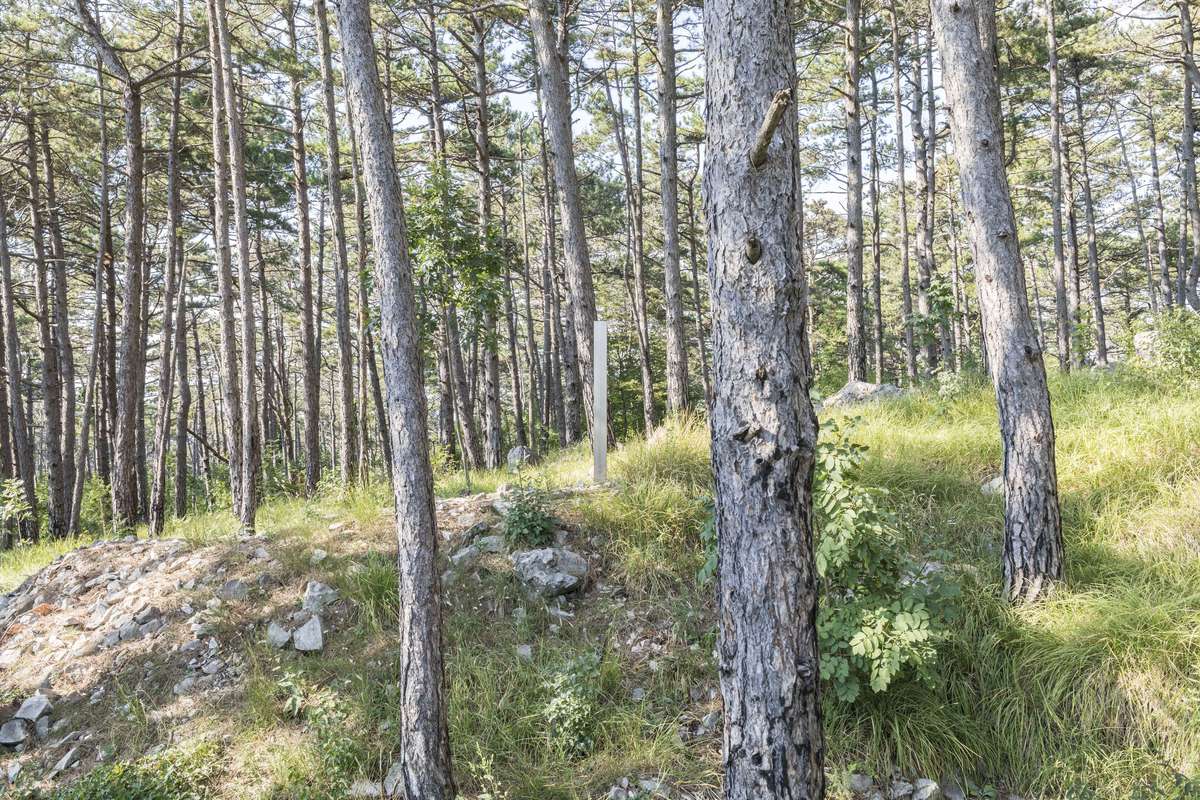
The totem in the landscape.
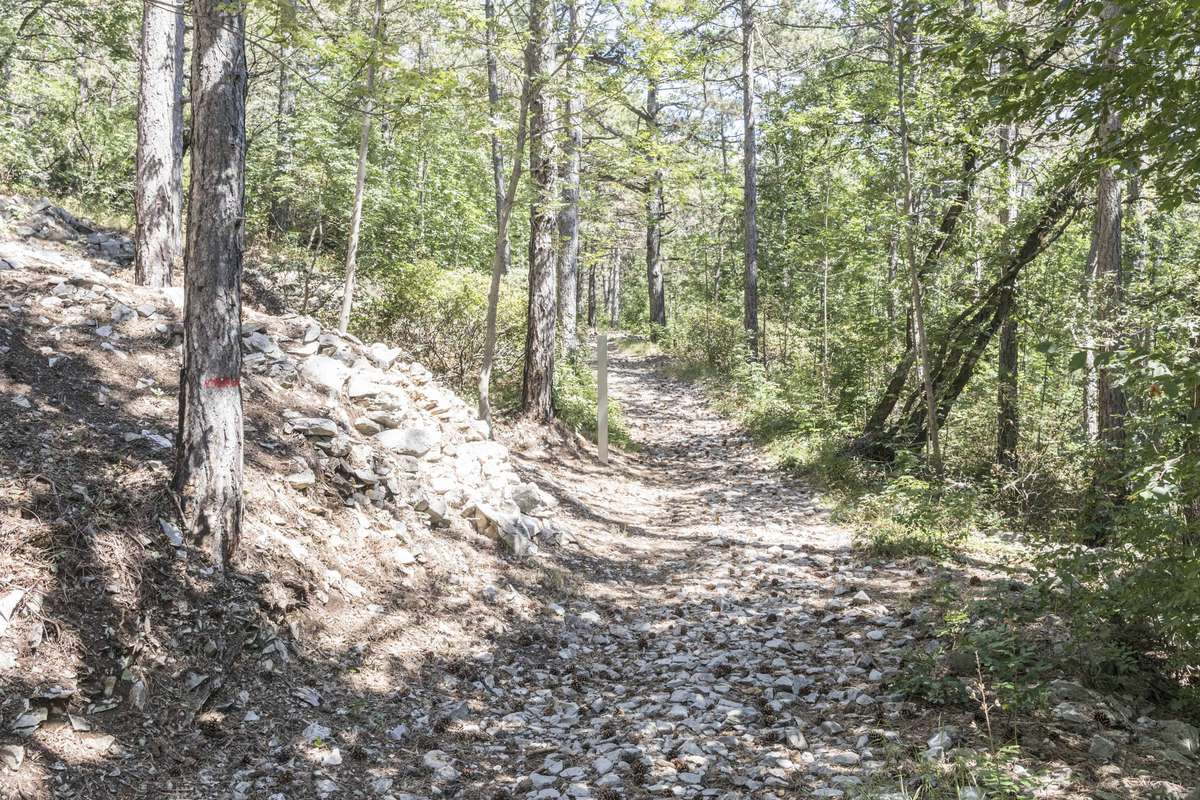
The totem along the forest track.
QR-CODE TRACKS
QR-CODE TRACKS

- Systemic changes
100 years since WW1, a defens plan for Trieste and the Karst and a training camp for the trenches prototyping too. A new ecomuseum, 2 routes and 11 stations, at each of them a steel totem engraved with a QR-CODE links to the regional tourism promotion website and to the station sheet, and on the departure station web page the GPS track of the itinerary.
A sustainable model – at economic and at environmental level –, reproducible, scalable and permanent, to informing about local stories, cultures and heritage. A zero-volume architecture that uses and enhances existing and consolidated networks (even virtual ones).
The tracks are located in the collective properties of the Prosecco and Contovello hamlet and were realized for the centenary of WW1 with the contributions of the Autonomous Region of Friuli Venezia Giulia.
LINKS:
https://www.turismofvg.it/40-Parco-della-Trincea-del-Litorale-a-Contovello
https://www.turismofvg.it/97-Parco-del-campo-di-addestramento-militare-di-Prosecco
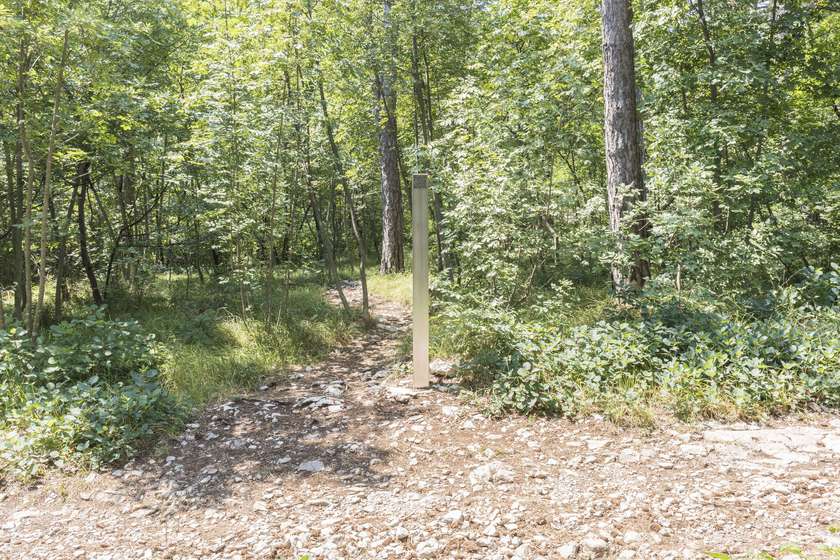
One of the 11 totems engraved with a QR-CODE that links to the regional tourism promotion website and to the station sheet. A zero-volume architecture that uses and enhances digital networks as a resource for the landscape.

One of the engraved QR-CODE.
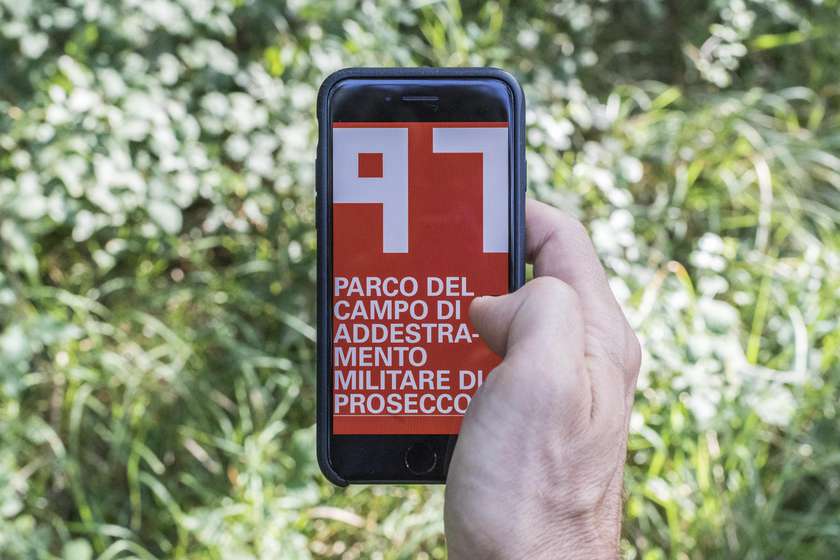
How the station sheet looks on the smartphone.
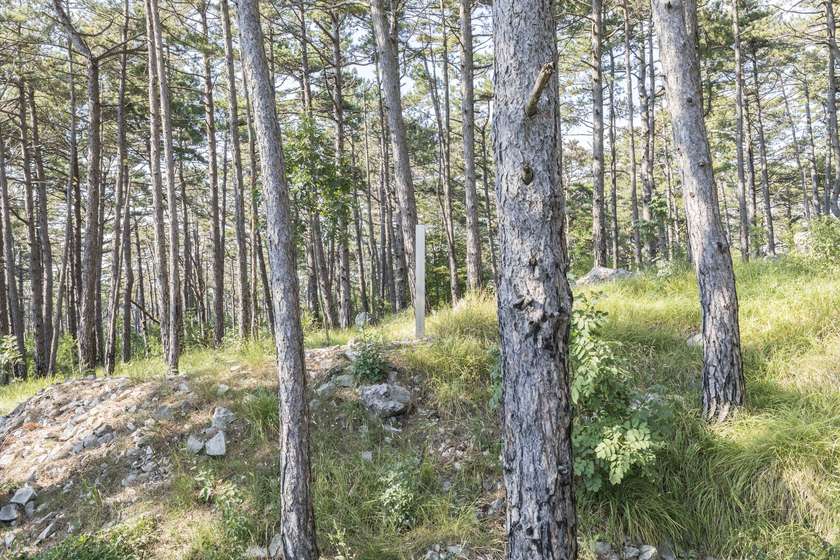
The totem in the landscape.
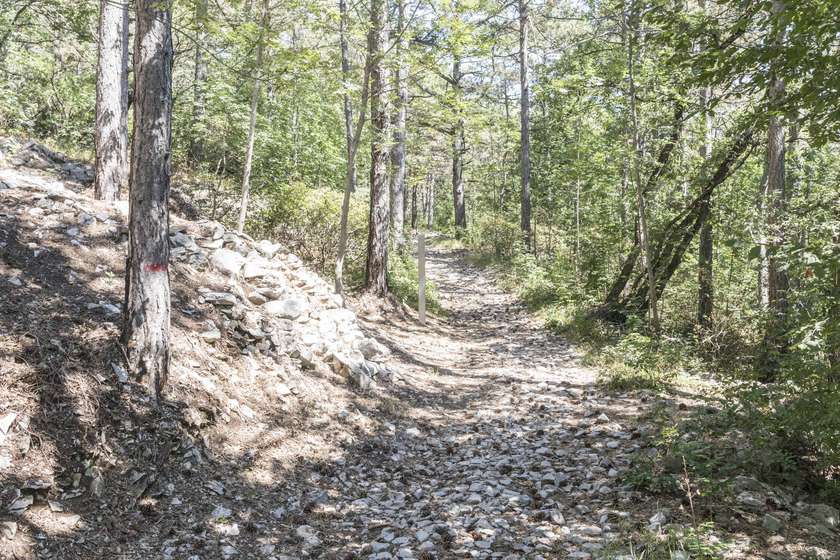
The totem along the forest track.